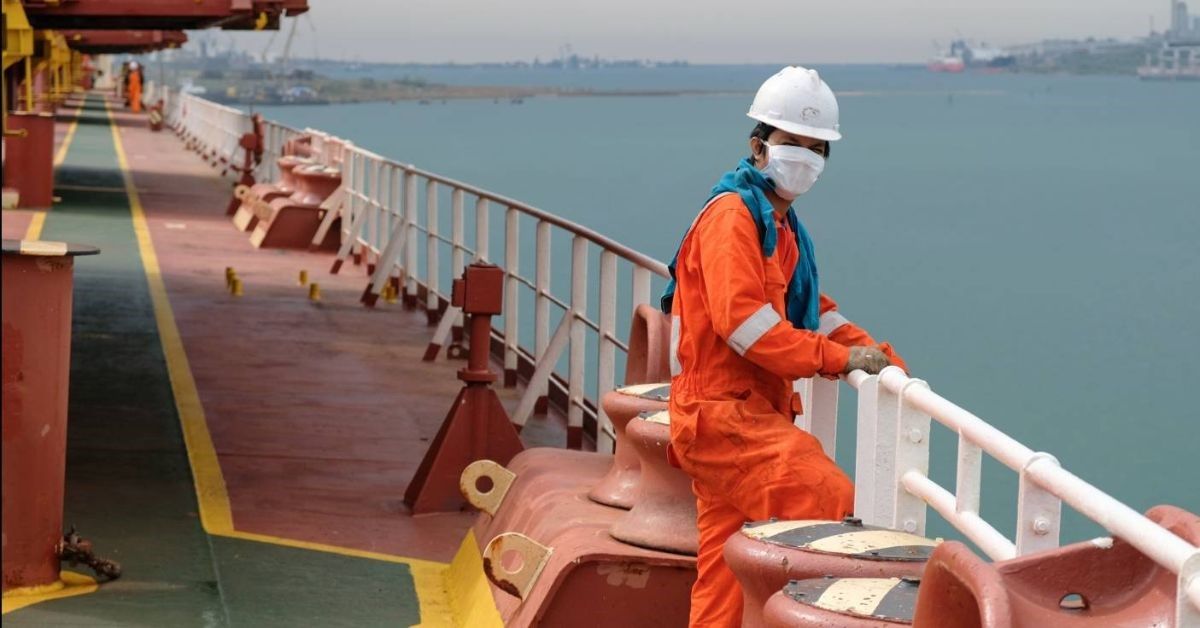The shipping industry is dealing with a global scarcity of seafarers, which is creating a troubling mix of bogus resumes, accidents at sea, and rising freight charges. The ongoing Russian-Ukraine confrontation, as well as Houthi attacks in the Red Sea, have had an impact on the availability of skilled seafarers, according to experts.
According to the International Chamber of Shipping (ICS) and BIMCO’s 2021 seafarer workforce breakdown report, the Philippines, China, Russia, Ukraine, and Indonesia are the world’s leading suppliers of seafarers. Before Russia invaded Ukraine in February 2022, Russian and Ukrainian seamen accounted for about 15% of the worldwide maritime workforce, according to ICS data. ICS estimates a 90,000-person gap in skilled mariners by 2026. “Policymakers need to create national strategies to address the seafarer shortage,” the shipping industry stated.
Geopolitical events have also increased the dangers at sea, with the Iran-backed Houthi terrorist group continuing to strike vessels in the Red Sea, making the profession less appealing, according to ICS. Existing maritime people are also choosing to work more onshore rather than at sea, according to Henrik Jensen, CEO of Danica Crewing Specialists Group, an international maritime recruitment and manning services organization. Furthermore, the declining popularity of seafaring among younger generations may be the final nail in the coffin for the vocation.
For people who grew up with the internet and phones at their fingertips, a life at sea without continual communication may not be ideal, according to Drewry’s Harris. As a result, more businesses are attempting to attract the younger generation by offering entertainment and exercise facilities on board, as well as shorter cruises spanning from two to four months, he noted.
The seafarer supply squeeze has resulted in organizations paying greater salaries to attract talent from a limited pool, as well as applicants who try their luck at jobs for which they are unqualified—by submitting inflated CVs—and getting hired, according to industry experts. Fake resumes have become more common in the business since the scarcity, according to the analysts, with a rising percentage of seafarers inventing shipboard experiences and time at sea.
Existing seafarers were also required to be at sea for longer, back-to-back periods, with fewer individuals available to do so. Fatigue and mental strain can lead to damaged mental health for some people, as well as on-board mishaps. Subhangshu Dutt, executive director of Om Maritime, stated that the safety of ships and crews can be jeopardized due to a combination of inexperience, lack of sufficient maintenance, and exhaustion.
In a 2024 study conducted by the World Maritime University, more than 93% of 9,214 seafarers questioned identified weariness as the most common safety-related concern on board. Approximately 78% report not having a full day off for the course of a contract period, which can span months. According to the United Nations commerce and Development Organization, ocean shipping is an essential component of the global supply chain, accounting for more than 80% of total commerce volume. Other analysts believe the seafarer shortage will last a few more years, seeing it as one of the industry’s most significant challenges.







